Man Finds Tomb in Ireland That Has Not Been Seen Since 1838 and Was Thought to Be Lost to History
Billy Mag Fhloinn works as an archeologist in Ireland, and he recently discovered a 4,500-year-old tomb that was presumed to have been gone for the last two centuries.
The Altóir na Gréine, or “Altar of the Sun,” was noted in a book from the 1800s, but then, it was never found again. Luckily, Mag Fhloinn was dedicated to locating the ancient tomb and has finally found it in the Dingle Peninsula.
The Original Drawing
The only reason that Mag Fhloinn even knew the tomb once existed was from a sketch and short description within a book from 1838.

Source: RTE
The book, “Rambles in the South of Ireland During the Year 1838” by Georgiana Chatterton was essentially a travelogue in which Chatterton described the beauty and important landmarks throughout southern Ireland.
Chatterton Found an Exceptional Tomb in Dingle
On her travels, Chatterton apparently found an impressive tomb at the tip of the Dingle Peninsula she called Altóir na Gréine, or the Altar of the Sun.

Source: Amazon
Chatterton did not specify the tomb’s precise location, and the Altar of the Sun tomb was only mentioned one other time in print.
Richard Hitchcock Reported the Tomb Was Gone
In a separate text written in 1852 by antiquarian Richard Hitchcock, Chatterton’s tomb was mentioned again, but only to say that it had been dismantled.
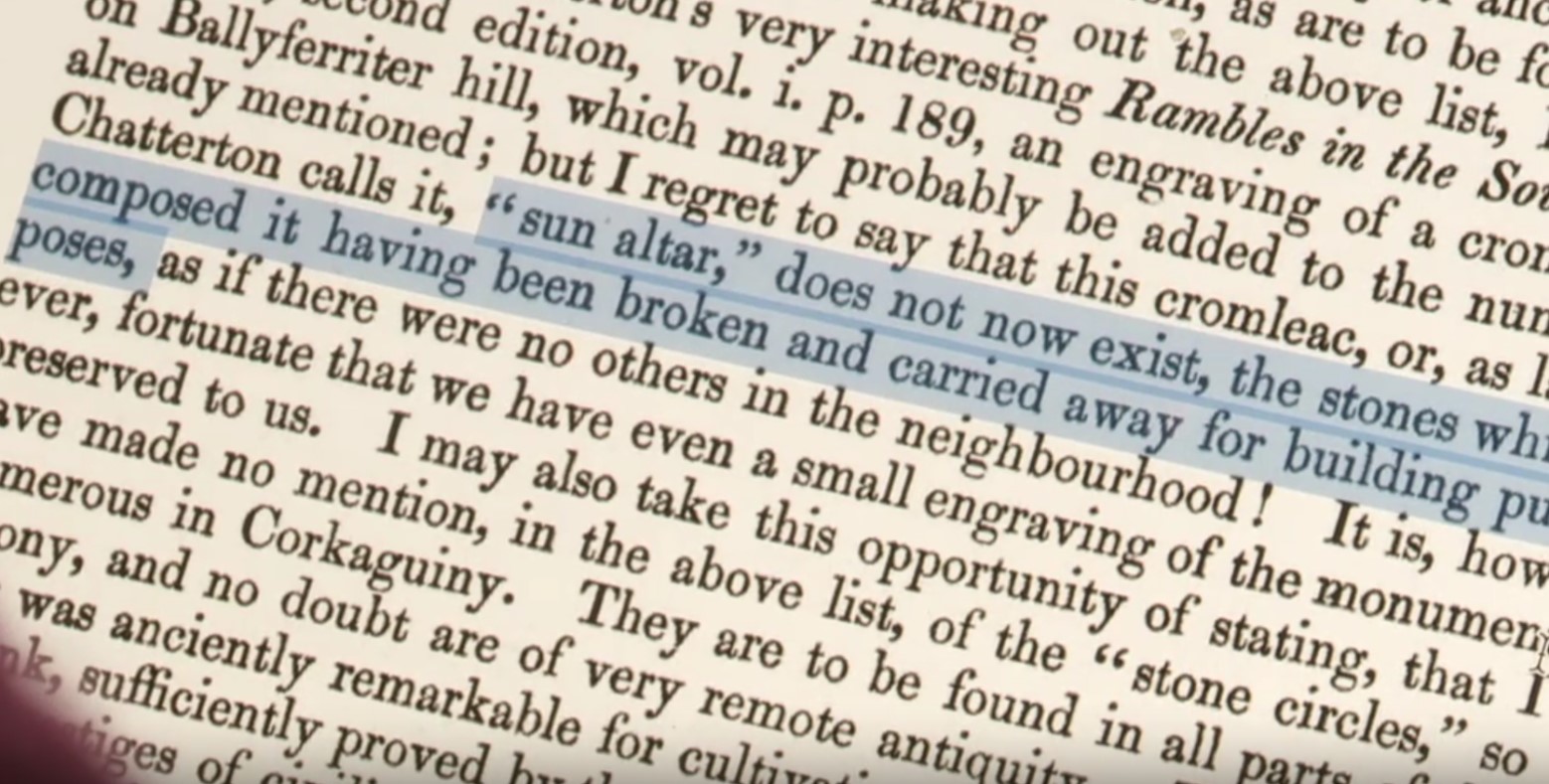
Source: RTE
Hitchcock wrote that the tomb, or as Chatterton calls it, “sun altar,” does not now exist, but “the stones which composed it having been broken and carried away for building purposes.”
Mag Fhloinn Went Searching for the Ancient Site
Even though he assumed there wouldn’t be much left, Mag Fhloinn decided that he still wanted to find where the tomb once sat and hoped that there would at least be some remains.
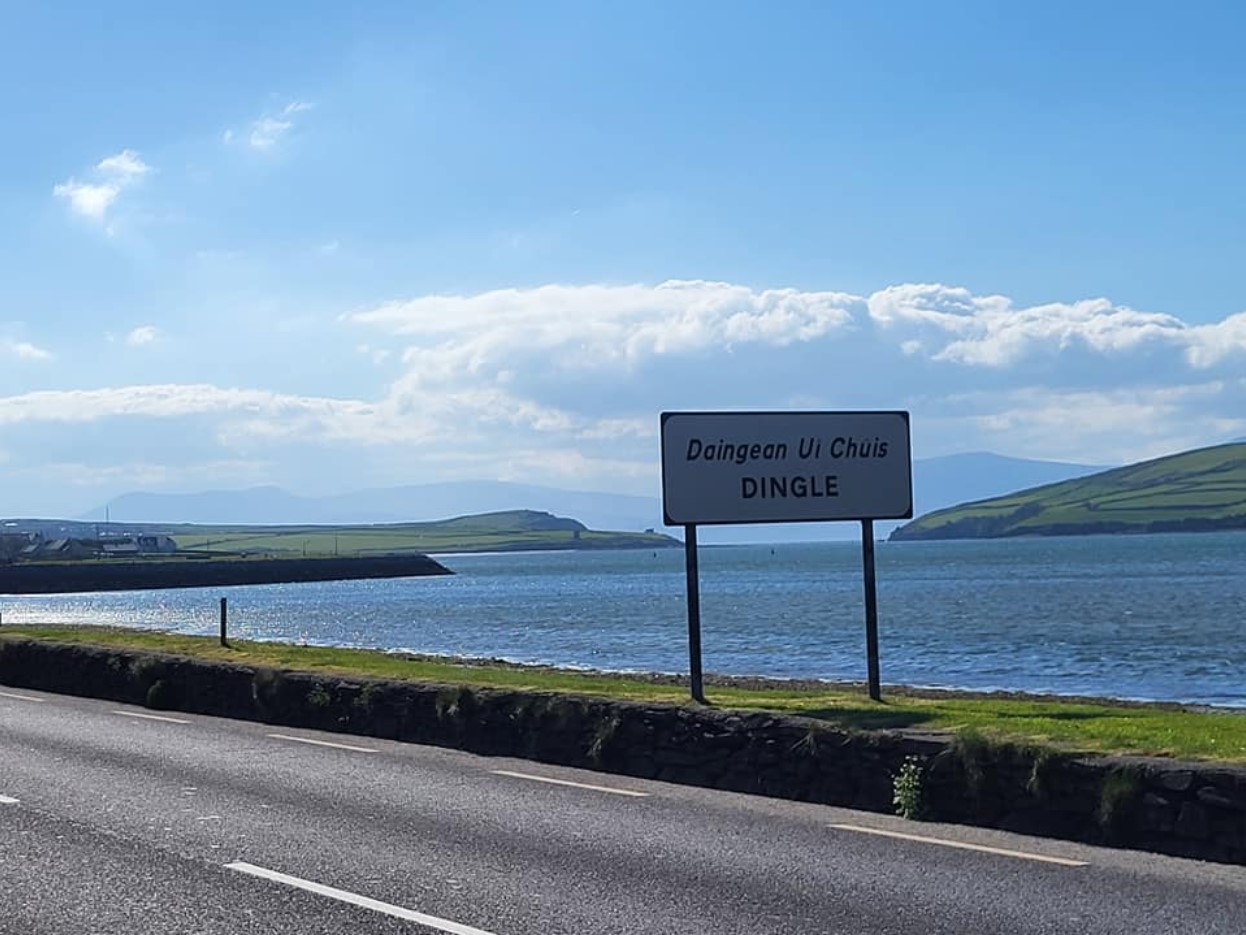
Source: @Anthropology at Queen’s University Belfast/Facebook
He began exploring the highlands of the Dingle Peninsula, specifically around his hometown of Ballyferriter, where he believed the tomb to be.
Using Photogrammetry Made a Big Difference
Simply walking through the hills and searching for large rocks would have made this mission nearly impossible.

Source: iStock
So instead, Mag Fhloinn first used photogrammetry technology to understand exactly what the rocks that made up the tomb would have looked like from every angle.
How Does Photogrammetry Work?
Photogrammetry takes photographs and digitally pieces together a virtual three dimensional model which can be moved in any direction.
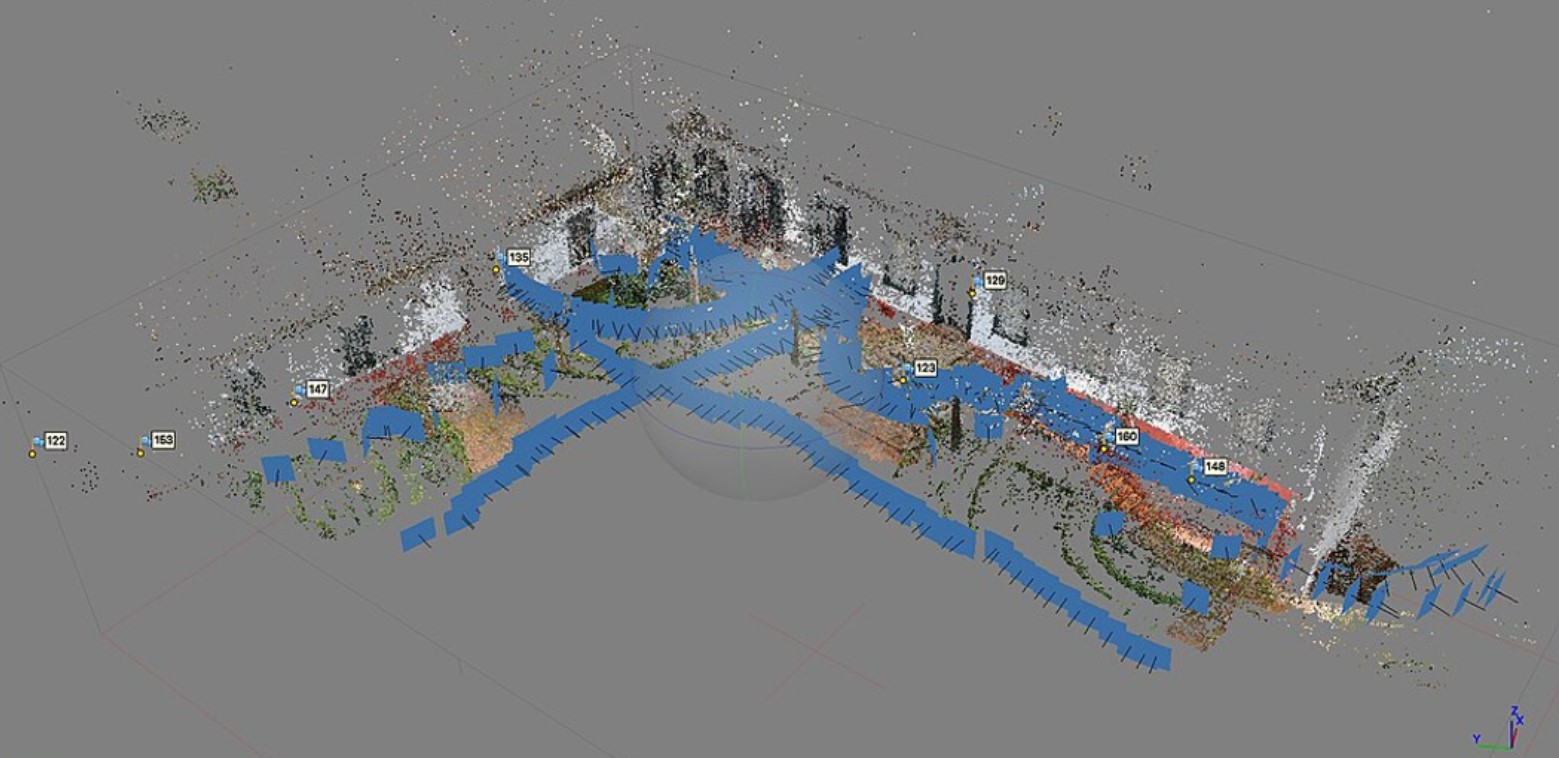
Source: Wikipedia
In September 2023, Mag Fhloinn was able to compare a suspiciously large rock against his photogrammetric model. When he did so, he realized that the stone was almost identical to one of the rocks in the drawing from 1838, but now, it was in a different position.
The Missing Tomb Was on a Hill Just Above His House
After a significant investigation by Mag Fhloinn and Ireland’s National Monument Service, they were able to confirm that it was, in fact, the Altar of the Sun tomb he had been searching for.

Source: Wikipedia
And in an almost unbelievable turn of events, the tomb ended up being on a small hill just above his house in Ballyferriter.
Just One of the Stones Was Still Standing
Thanks to the sketch from Chatterton in the 19th century, Mag Fhloinn knows more or less what the tomb once looked like. But today, there is one stone still standing in its original position.
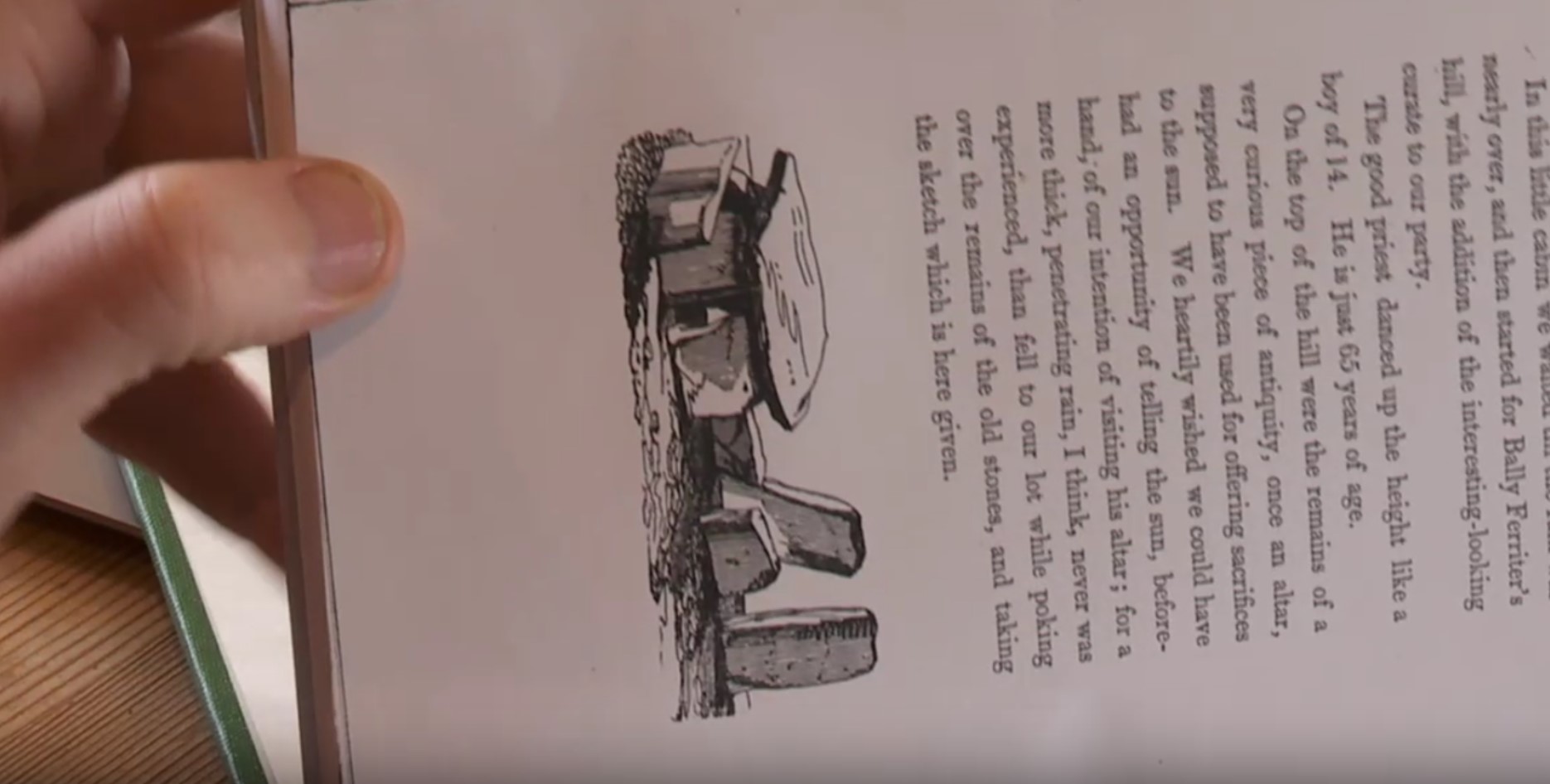
Source: RTE
And while this tomb is certainly an exciting find, it’s not all that unique. In fact, there are several similar tombs littered around the countryside of Ireland.
The Wedge Tomb
Wedge tombs are megalithic-style structures in which several upright stones support a sloping roof-like stone.
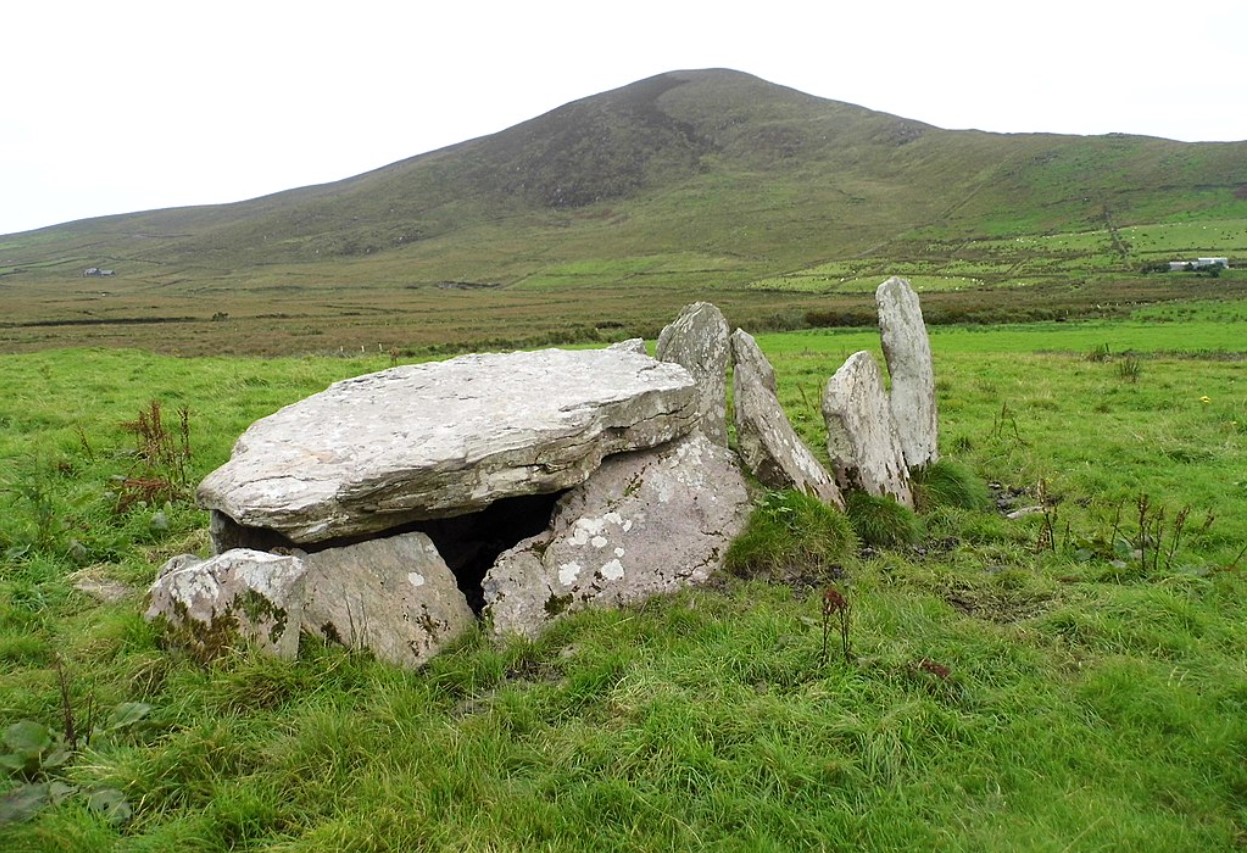
Source: Wikipedia
And while many wedge tombs have been dismantled over the years, more than 500 still remain around the island for archeologists to study and visitors to enjoy.
Some Tombs Have Stood on Irish Soil for More Than 4,000 Years
What’s especially impressive about the sheer number of wedge tombs still visible in Ireland today is that the vast majority of them were built more than 4,000 years ago.
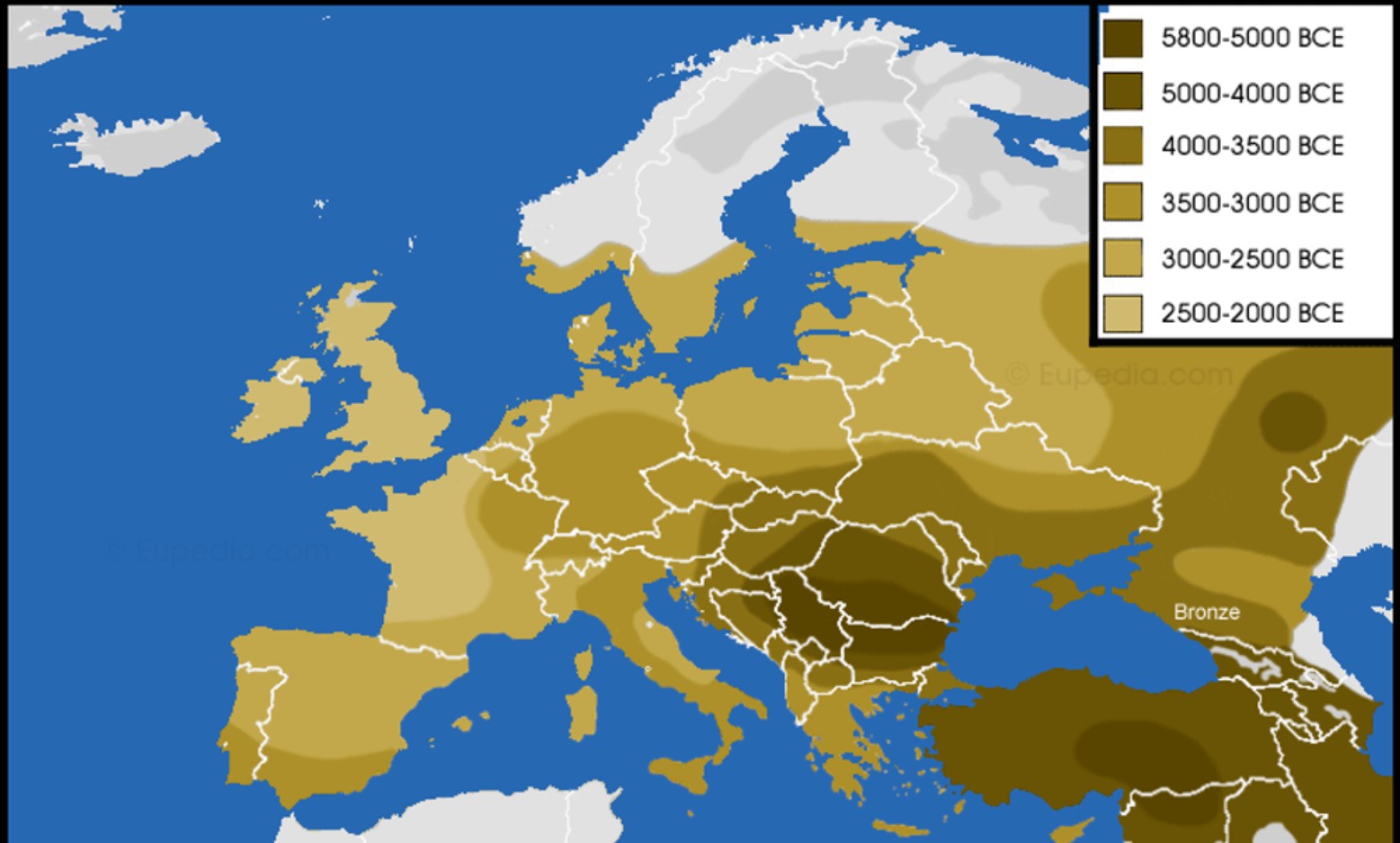
Source: Eupedia
According to historians, these burial sites were popular throughout the “Chalcolithic” or Copper Age, which occurred on the island between 4,000 and 5,000 years ago.
Bill Mag Fhloinn Hopes Everyone Will Be Able to Visit the Important Site
Fhloinn found the side by “climbing over barbed-wire fences, but not everybody wants to do that,” he reported.

Source: Tradition.ie
He hopes that he will be able to create a protected area around the ancient burial site, as well as a path for visitors of Dingle Peninsula, Ireland, and the rest of the world to come see this important piece of history.
